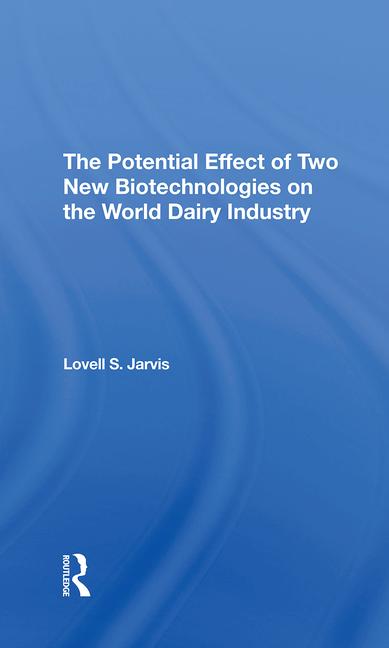
Milc Still On Tap
by Stephen Barlas
Politics trumped principle
in Congress’s decision to resurrect a milk producer’s subsidy
that causes the yo-yoing of milk prices paid by dairy product businesses.
The whole point of the massive budget reconciliation
bill Congress just about finalized at the end of December was to cut the
federal deficit over the next five years by doing away with needless
federal spending programs. Yet in order to help endangered Republican
incumbents facing tight races in states like Wisconsin and Pennsylvania,
the House, Senate and GOP leadership agreed to include a resurrection of
the Milk Income Loss Contract program (MILC), which expired September 30,
2005. It will cost the federal Treasury about $1 billion over the next two
years.
The program pays farmers only on their first 2.4
million gallons of milk each year, which translates to about 120 cows. So
small farms, predominantly in the Midwest and East, get the biggest
benefits. But that incentive causes dairy farmers to continue producing
excess milk when the price of milk falls below a specified level (currently
set at the high level of $16.94/cwt). In doing so, they drive prices down
even further, forcing the government to purchase more excess milk under the
separate, long-standing Dairy Price Support Program (DPSP), which cost
taxpayers an average of $500 million per year from fiscal 1999 to fiscal
2004. In the process, milk prices swing wildly.
“By reviving MILC, Congress has delayed the
inevitable debate regarding dueling dairy subsidies,” says Chip
Kunde, senior vice president of legislative affairs for the International
Dairy Foods Association (IDFA). “We must reform and harmonize the
various dairy policies into a single approach that will allow U.S.
producers and processors to remain competitive.”
The vast majority of the MILC cream goes to states
such as Pennsylvania, home to Sen. Rick Santorum, the No. 3 Republican in
the Senate GOP leadership and a member of the Senate Agriculture Committee.
That committee was responsible for sticking a resurrection of the MILC
program in its version of the reconciliation bill.
Santorum is running behind Democrat state treasurer
Robert Casey Jr. in the early going before the 2006 election. But while
Santorum was able to get a campaign boost from his MILC money, Rep. Mark
Green (R-Wis.) failed to duplicate Santorum’s feat in the House
version of the bill.
Green is running for governor of his state, and the
Wisconsin Democratic Party clobbered Green for that failure. However, Green
and other moderate Republicans from the Midwest went to House Speaker
Dennis Hastert (R-Ill.) and pleaded with him to use his substantial
influence to insure that the Senate’s MILC restoration survived the
House-Senate conference committee agreement on a budget reconciliation
bill. Hastert wrote a letter to Green promising “to maintain a strong
safety net for your dairy producers.”
If there is a silver lining here, it is that Congress ignored
Sen. Norm Coleman’s bill, which would have raised the MILC volume cap
from 2.4 million pounds to 4.8 million pounds. But the Farm Bill will be rewritten
in 2007. Coleman, a Minnesota Republican, is up for re-election in 2008. Oh,
and yeah, he is a member of the Agriculture Committee, too.
Stephen Barlas has been a full-time freelance Washington editor
for business and trade magazines since 1981.
$OMN_arttitle="Milc Still On Tap";?>

